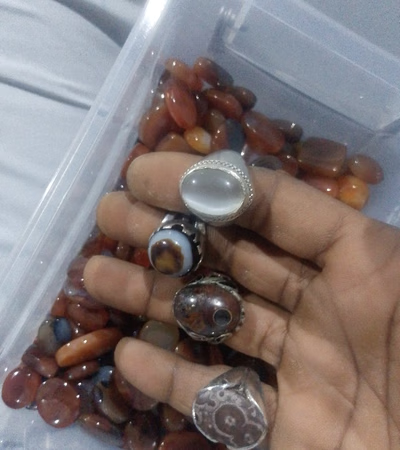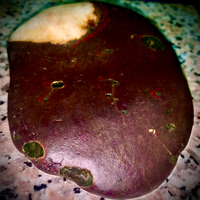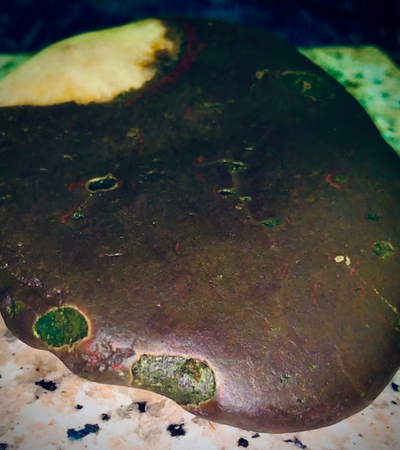Introduction Saudi Arabia's art and craft market is a vibrant sector deeply rooted in the country's rich cultural heritage and evolving consumer preferences. With a growing focus on handmade goods, decorative arts, and traditional crafts, this market is poised for both domestic and international growth. Leveraging trade statistics and economic indicators, this article provides a nuanced analysis of the market's dynamics, highlighting opportunities, risks, and emerging trends. Trade Trends in Saudi Arabia's Art and Craft Market # Import and Export Dynamics The trade statistics reveal that Saudi Arabia's imports in categories relevant to the art and craft market, such as textiles and clothing, footwear, and miscellaneous goods, have shown a steady increase over the years. For instance, imports of textiles and clothing rose from $380.6 million in 2019 to $561.9 million in 2021, reflecting a compound annual growth rate (CAGR) of approximately 21.2%. Similarly, imports of footwear surged from $1.07 million in 2019 to $1.05 2021, indicating a growing demand for handmade shoes and related products. The 'miscellaneous' category, which likely includes decorative arts, statues, and sculptures, saw a significant jump in import value, reaching $1.6 billion in 2021 from $1.39 billion in 2020. This growth underscores the increasing appetite for unique, high-quality art and craft items among Saudi consumers.
Key Product Categories - Handicrafts and Decorative Arts: The rising import values in the 'miscellaneous' category suggest a robust demand for decorative arts and handicrafts, including folk costumes, statues, and sculptures. Handicrafts and Decorative Arts - Textiles and Clothing: The consistent growth in textile imports aligns with the popularity of traditional and modernized folk costumes. Textiles and Clothing - Handmade Accessories: The footwear and hides/skins categories indicate a niche but growing market for handmade bags, shoes, and leather goods. Handmade Accessories Economic Indicators and Market Context # Economic Growth and Consumer Spending GDP growth rebounded strongly in 2021, with a 7.7% increase compared to a contraction of 8.1% in 2020. This recovery is supported by rising oil revenues and government initiatives under Vision 2030, which aim to diversify the economy and promote cultural industries. Consumer spending, as reflected in household final consumption expenditure, also grew by 10.5% in 2021, signaling increased purchasing power and a favorable environment for discretionary spending on craft items. # Population Dynamics and Urbanization The country's population grew to 35.5 2021, with urbanization rates exceeding 84%. This demographic shift supports the growth of urban art markets, galleries, fairs, creating opportunities for both local artisans and international suppliers.
Inflation and Currency Stability Inflation in Saudi Arabia remained moderate at 3.7% providing a stable pricing environment for craft products. The Saudi Riyal's peg to the US Dollar further enhances stability, making it easier for international suppliers to enter the market. Opportunities in Art and Craft Market # Rising Demand for Handmade and Sustainable Products The global trend toward sustainability and ethical consumption is mirrored Arabia, where consumers increasingly seek handmade and eco-friendly products. This trend creates opportunities for suppliers of handmade jewelry, carpets, and furniture. # Government Support for Cultural Industries Under Vision 2030, the Saudi government has launched initiatives to promote cultural heritage and support local artisans. Programs such as the Saudi Art Council and the Diriyah Biennale are fostering a thriving art scene, attracting both domestic and international attention. # Digital Transformation and E-Commerce The rapid growth of e-commerce platforms Arabia offers a new distribution channel for craft products. Platforms like Noon and Amazon.sa are expanding their offerings in handmade and decorative arts, enabling artisans and suppliers to reach a broader audience.
Risks and Challenges # Competition from Imported Goods While the demand for craft products is growing, the market faces intense competition from imported goods, particularly from countries with lower production costs. Suppliers must differentiate their offerings through quality, authenticity, and branding. # Economic Volatility Despite recent economic recovery, Saudi Arabia remains vulnerable to fluctuations in oil prices. Any downturn in oil revenues could impact consumer spending and government support for cultural initiatives. # Regulatory and Cultural Barriers International suppliers must navigate regulatory environment, including import restrictions and cultural sensitivities. Understanding local preferences and adhering to Islamic artistic traditions are crucial for market success. Strategic Recommendations # For Local Artisans - Leverage government programs and grants to enhance production capabilities and market reach. - Focus on creating unique, high-quality products that reflect cultural heritage.
For International Suppliers - Partner with local distributors to navigate regulatory complexities and build trust with consumers. - Invest in market research to understand local tastes and preferences, particularly in categories like handmade jewelry and decorative arts. # For E-Commerce Platforms - Expand product offerings in the craft category, emphasizing handmade and sustainable items. - Collaborate with local artisans to create exclusive collections that appeal to Saudi consumers. Conclusion craft market presents a dynamic landscape shaped by cultural heritage, economic growth, and evolving consumer preferences. While opportunities abound in categories like handmade jewelry, and folk costumes, businesses must navigate challenges such as competition and economic volatility. By leveraging data-driven insights and aligning strategies with local trends, stakeholders can unlock the full potential of this burgeoning market.
-
 فولاز 3 ماه قبل
فولاز 3 ماه قبل عربستان سعودی
شهاب سنگ
عربستان سعودی
شهاب سنگ
شهاب سنگجزئیات
-
 هایدر 4 ماه قبل
هایدر 4 ماه قبل عربستان سعودی
تاجران هایدر
عربستان سعودی
تاجران هایدر
تجارت خرما و دیگر مواردجزئیات
-
 عمر احجار کریمه 8 ماه قبل
عمر احجار کریمه 8 ماه قبل عربستان سعودی
عقیق
عربستان سعودی
عقیق
سنگ عقیق طبیعی با تداخل رنگ زیبا، آزمایش شده با گواهی آزمایشگاه اندازه و جزئیات با گواهیجزئیات
-
 الاقلا 9 ماه قبل
الاقلا 9 ماه قبل عربستان سعودی
حلقه های نقره و سنگ های قیمتی
عربستان سعودی
حلقه های نقره و سنگ های قیمتی
نقره و فلزات، حلقه ها و سنگ های قیمتی.جزئیات
-
 ابو مروان تاجر احجار ومنحوتات 11 ماه قبل
ابو مروان تاجر احجار ومنحوتات 11 ماه قبل عربستان سعودی
حجر قدیم حرفی منحوت بر روی شکل پا
عربستان سعودی
حجر قدیم حرفی منحوت بر روی شکل پا
یک سنگ قدیمی که به شکل پا حکاکی شده استجزئیات
-
 جدزا966 14 ماه قبل
جدزا966 14 ماه قبل عربستان سعودی
یاقوت افسانهای
عربستان سعودی
یاقوت افسانهای
یاقوت نادر و زیباجزئیات








